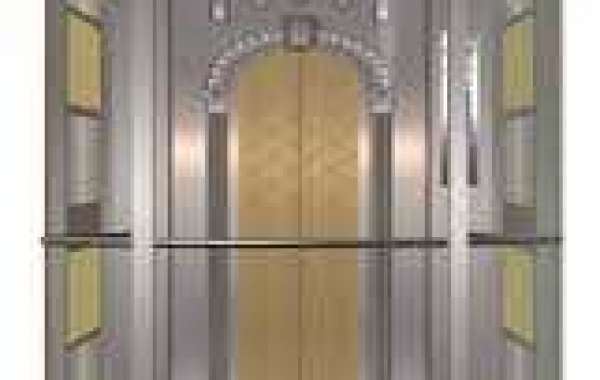Observation elevators can be installed inside or outside of new buildings, and can also be implemented as a project to transform existing buildings. It is worth noting that the observation elevators installed outside the building must meet special conditions to resist the adverse effects of the meteorological conditions at the installation site on the elevator equipment.
Ice and frost pose a great threat to the operation of general-purpose load outdoor observation elevators. Industry insiders suggest that it is not suitable to install outdoor observation elevators in places where icing and frost occur frequently. In places where icing and frost do not occur frequently, once icing and frost occur, outdoor observation elevators should be stopped. Windy weather may be the second reason why people have to reduce the speed of outdoor observation elevators or stop elevators. Places with frequent strong winds are not suitable for installation of outdoor observation elevators, unless the elevator shaft is located in a place where the building is completely sheltered from wind. Therefore, in this case, it is very important that an indoor elevator must be installed in the building, so that when the weather conditions are not conducive to the operation of the outdoor elevator, the indoor elevator can still ensure uninterrupted vertical transportation.
Moderate rainfall and hot weather do not pose a hazard to a properly designed and well-installed outdoor ladder, but natural seasonal dust and sand may cause excessive wear and tear of suitable equipment and increase maintenance costs. This is also determining the building One of the issues that must be considered before installing an outdoor elevator. All elevator parts exposed to the open air should be properly treated and protected.
Observation elevators can adopt traction drive or hydraulic drive. The choice depends to a large extent on the lifting height of the elevator and the well conditions of the building. Because observation elevators have higher requirements for running quality, they usually adopt variable frequency speed regulation or hydraulic drive. Observation elevators generally do not require high operating speed, because passengers generally want to stay in the car for a while to enjoy the scenery outside the car. The speed of the observation elevator should be lower than that of similar objects, as long as the speed is not too slow to affect the vertical traffic in the building.
The car area of the observation elevator consists of two parts, namely the passenger area and the viewing area. The passenger area is adjacent to the elevator car door, and the viewing area is usually located at the rear of the car. It is worth noting that the area ratio between the viewing area and the passenger area must be appropriate. The area ratio will increase the difficulty of car balancing. Due to the limitation of the car width in the passenger area, it will extend the time for passengers to enter the car.
The novelty of the observation elevator lies in the use of a transparent viewing curtain wall in the car viewing area. All personnel engaged in the design, manufacture and installation of observation elevators must be responsible for the glass assembly industry. Before designing a observation elevator car, the designer should consult the relevant building codes to understand the requirements for the use of glass materials in the elevator car and hoistway. During the design and installation process, the transparent viewing curtain wall shall not be used as a load-bearing component or structural component. The frame around the transparent viewing curtain wall should be sufficient to withstand all horizontal forces, including the forces that may be generated by elevator passengers, without deformation that affects safety performance.
For details, please contact: external shaft elevator.








